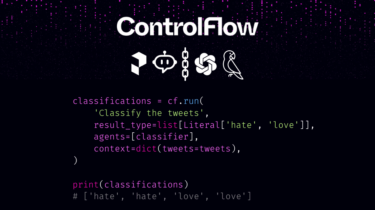Interpreting and Communicating Data Science Results
As data scientists, we often invest significant time and effort in data preparation, model development, and optimization. However, the true value of our work emerges when we can effectively interpret our findings and convey them to stakeholders. This process involves not only understanding the technical aspects of our models but also translating complex analyses into clear, impactful narratives. This guide explores the following three key areas of the data science workflow: Understanding Model Output Conducting Hypothesis Tests Crafting Data Narratives […]
Read more








